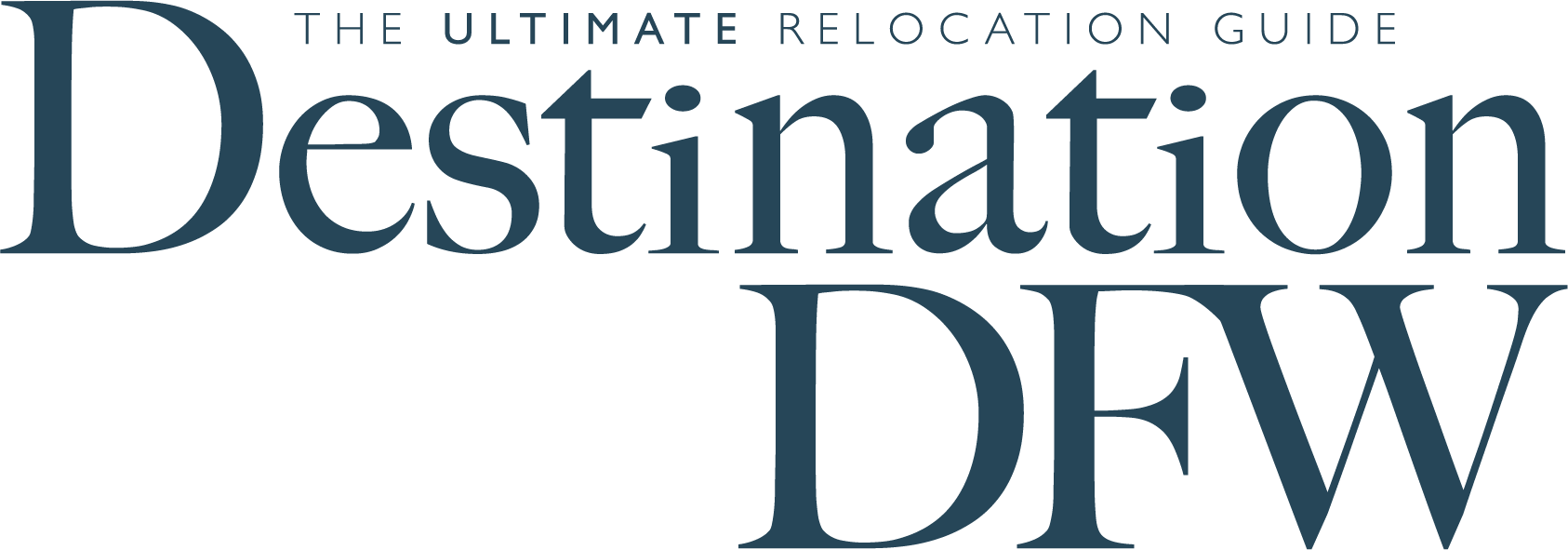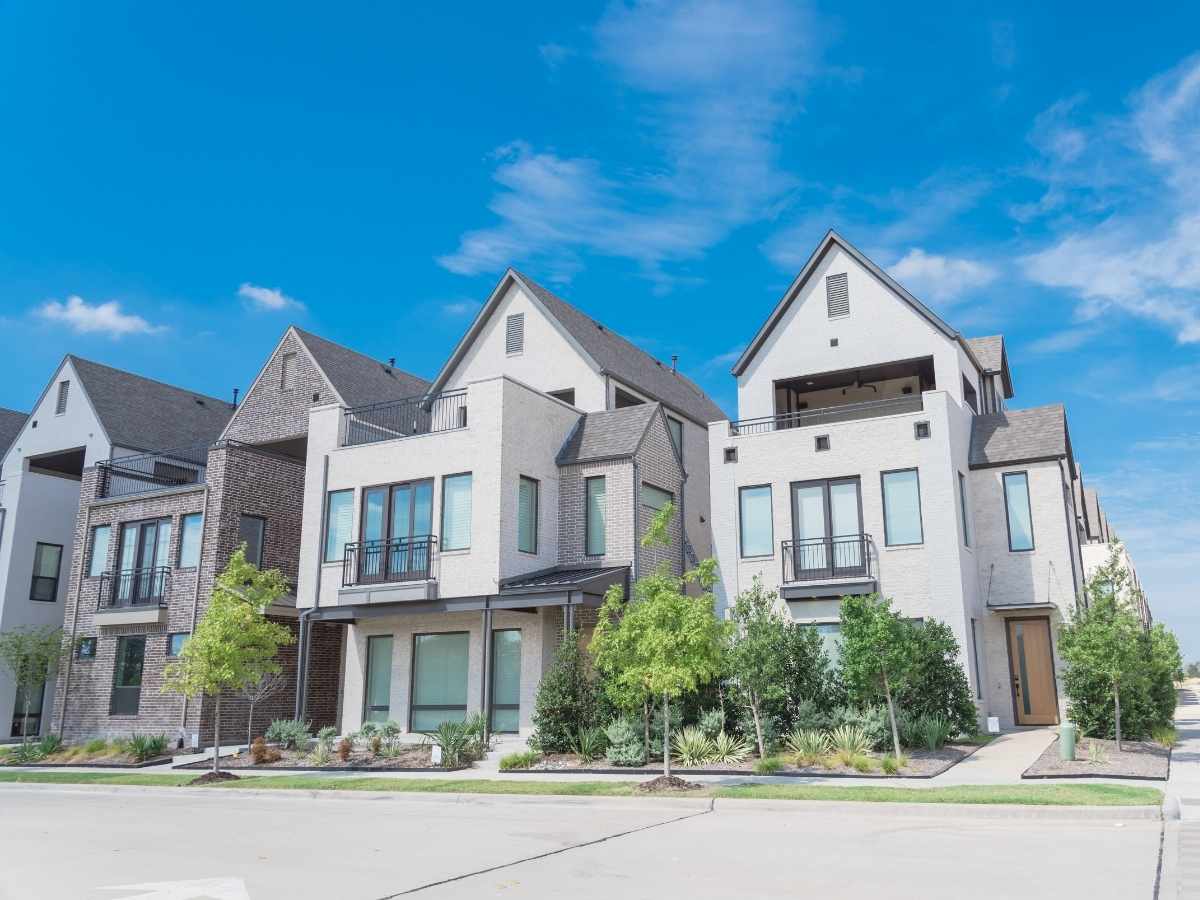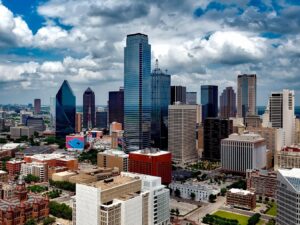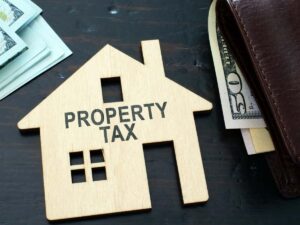The Dallas-Fort Worth housing market continues to be one of the fastest-growing and most dynamic real estate markets in the country. With steady demand, major corporate relocations, and a growing population of newcomers, the DFW area remains a top destination for those seeking opportunity, affordability, and a wide range of housing options.
Whether you’re moving to Dallas-Fort Worth for work, family, or a fresh start, understanding how the local housing market works can make a big difference in your experience. From home prices and rental trends to neighborhood growth and what buyers should expect, this guide is designed to help anyone relocating to Dallas-Fort Worth navigate the market in 2025 with confidence.
A Look at the Current Dallas Fort-Worth Housing Market
The Dallas-Fort Worth housing market in 2025 is marked by strong demand, limited supply, and steady price increases. According to the latest data from Redfin and Zillow, the median home price in the metroplex is hovering around $418,000—up from $400,809 in 2022. In many desirable neighborhoods, multiple-offer situations are still common, especially for move-in-ready homes in established suburbs.
Homes in hot areas such as Frisco, Plano, Southlake, and McKinney regularly sell above the asking price, often within 10–14 days of listing. On average, homes in the broader DFW area stay on the market for just under three weeks.
With inventory remaining tight and population growth continuing, it’s clear that competition among buyers—especially newcomers unfamiliar with local trends—isn’t slowing down any time soon.
Why People Are Moving to Dallas-Fort Worth
There’s no denying the appeal of North Texas. Companies like Toyota, JPMorgan Chase, and Charles Schwab have already relocated large campuses to the region, and other industries—from tech to finance to logistics—continue to follow.
This growth brings jobs, which brings people, which drives up demand for housing. For those relocating to Dallas-Fort Worth, this means not only more opportunity but also higher stakes when it comes to timing and negotiation. For many newcomers, working with a local agent who understands neighborhood dynamics is essential.
Top Neighborhoods for Buyers in 2025
If you’re moving to Dallas-Fort Worth and plan to buy, the options are vast, but not all neighborhoods move at the same pace. Some areas are better for first-time buyers, while others cater to those seeking luxury, walkability, or access to top schools.
Here are some of the top markets to watch:
-
Frisco – One of the fastest-growing cities in the U.S., known for excellent schools, shopping, and new developments.
-
Allen – A family-friendly suburb with a reputation for great public schools and beautiful master-planned communities.
-
Southlake – High-end homes, elite schools, and a small-town feel just 30 minutes from downtown Fort Worth.
-
Roanoke – growing in popularity for its charming downtown and family atmosphere.
-
Fort Worth’s Near Southside – Urban living with cultural flair, walkability, and historic architecture.
Each of these areas brings something different to the table, and newcomers will want to explore their options based on lifestyle, work location, and family needs.
The Dallas-Fort Worth Rental Market
Not ready to buy just yet? Renting is a strong alternative, but rental prices have also risen. In 2025, the median rent for a three-bedroom home in the Dallas-Fort Worth metroplex is approximately $2,430—a 3% increase from the previous year.
Popular rental-friendly neighborhoods include:
-
Cockrell Hill – An affordable option for families or young professionals.
-
Five Mile Creek – Offers suburban space with easy access to Dallas.
-
Preston Hollow Village – Close to shopping, dining, and top-rated schools.
If you’re seeking luxury rentals or newer apartment communities, areas like Uptown Dallas and Coronado Hills – Gastonwood top the list for pricing and amenities.
Renters make up approximately 45% of all households in the region, and for newcomers, renting can be a great way to learn about the city before committing to a long-term investment.
New Construction and Master-Planned Communities
With existing inventory tight, new construction continues to fill the gap. Developments like Trinity Falls in McKinney and Canyon Falls in Flower Mound offer brand-new homes with customizable features, community amenities, and easy access to major highways.
The downside? Many of these homes come at a premium and build timelines can stretch 6 to 12 months. Still, for newcomers seeking long-term roots and energy-efficient living, these master-planned communities are an appealing option.
Rental vs. Ownership: What Makes Sense in 2025
Choosing between renting and buying in the Dallas-Fort Worth housing market depends on your goals. First-time buyers may benefit from locking in rates now before prices rise further, especially if they’re planning to stay in the area long-term. Meanwhile, newcomers who are still getting a feel for the region might benefit from a short-term lease in a centrally located area.
Regardless of your path, it’s smart to work with a real estate professional who can help evaluate your financial situation and recommend areas that align with your lifestyle and future plans.
What to Expect When Buying a Home
Buying a home in the Dallas-Fort Worth housing market still requires speed and preparation. Homes in desirable school districts or near major job centers go fast—many within a week. It’s common to see properties receive multiple offers, and bidding over the asking price is often necessary.
To compete, buyers should be:
-
Pre-approved before beginning their search
-
Prepared to act quickly when the right home appears
-
Open to compromise on features or location
Working with a local expert can give newcomers the edge they need to succeed in this fast-paced market.
Looking Ahead: The Market Forecast
While housing prices in the Dallas-Fort Worth housing market have risen steadily, 2025 is expected to bring more measured growth—somewhere between 4% and 6% across the region. Factors such as job creation, continued in-migration, and infrastructure investments will continue to support demand.
Cities like Celina and Prosper are now emerging as growth corridors, offering new opportunities for buyers priced out of core markets.
As more families and professionals consider moving to Dallas-Fort Worth, the demand for quality housing and strong community amenities will remain a defining feature of the regional market.
Start Your DFW Home Search with Confidence
The Dallas-Fort Worth housing market shows no signs of slowing in 2025. Whether you’re a buyer, renter, or somewhere in between, there’s a home for everyone—from new builds in the suburbs to historic gems in walkable urban neighborhoods.
For newcomers, the key is knowledge, timing, and trusted guidance. With the right support, finding your next home in North Texas can be more exciting than overwhelming.
Request your free Destination DFW Relocation Guide here




